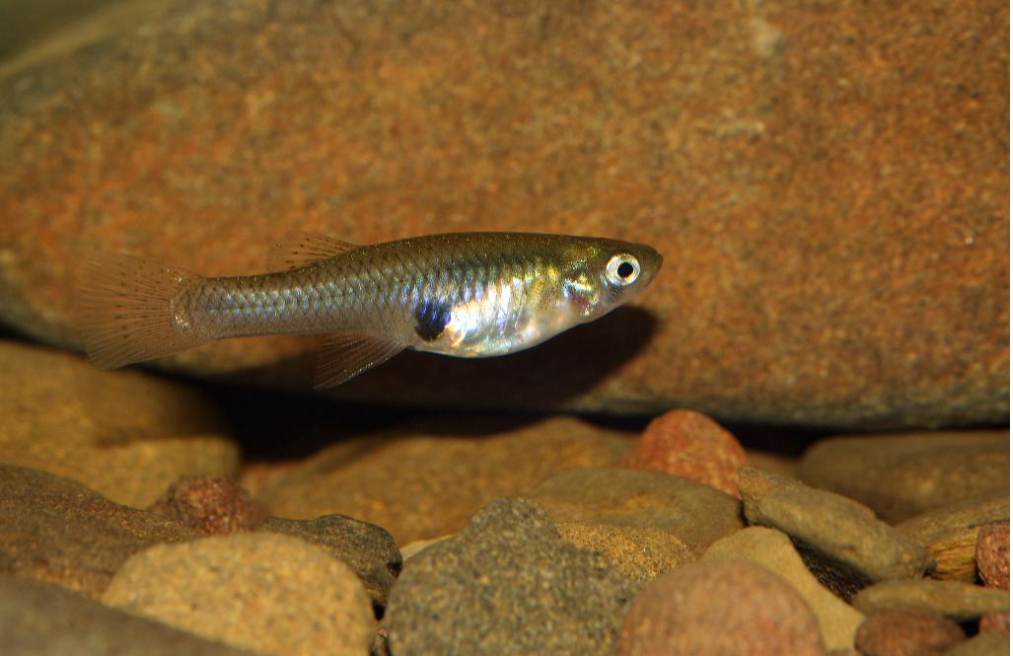Free Courses Sale ends Soon, Get It Now


Free Courses Sale ends Soon, Get It Now



Disclaimer: Copyright infringement not intended.
Context
Other Details
Gambusia Fish
Features
Habitat and distribution
Concerns
Concerns of Invasive species
Other Concerns
History and Background for Disease control
More corrective measures
Conservation Status
Must Read Article:
Malaria
https://www.iasgyan.in/daily-current-affairs/malaria-2
https://www.iasgyan.in/daily-current-affairs/malaria-42
https://www.iasgyan.in/daily-current-affairs/malaria
Dengue
https://www.iasgyan.in/daily-current-affairs/dengue-10
https://www.iasgyan.in/daily-current-affairs/dengue-42
https://www.iasgyan.in/daily-current-affairs/dengue
|
PRACTICE QUESTION Consider the following statements about Gambusia Fish: 1. This fish species is found effective in controlling not only Malaria but Dengue also. 2. They are considered alien species and a threat to native ecosystems. Which of the statements given above is/are correct? A. 1 only B. 2 only C. Both 1 and 2 D. Neither 1 nor 2 Answer: (C) |
© 2024 iasgyan. All right reserved